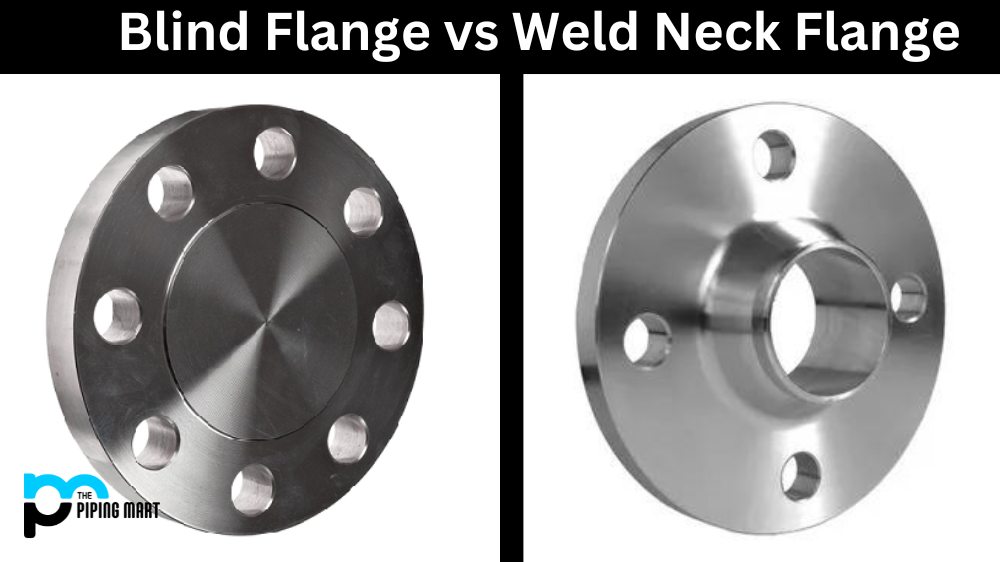If you are involved in any type of plumbing, pipe fittings, or any other type of work involving piping systems, then you’ve probably heard of blind flanges and flanges. But what is the difference between the two? Both types of flanges have their own benefits and drawbacks, so it’s important to understand the difference before deciding which one to use for your project. Let’s take a closer look at a blind flange vs a standard flange.
What is Blind Flanges?
Benefits of Using Blind Flanges
The most common use for blind flanges is to block off an existing pipeline when access needs to be restricted temporarily or permanently. This could be due to maintenance work being carried out on the line or if it’s simply not needed anymore and needs to be sealed off from further use. They also have the added benefit of being able to act as backflow preventers since they don’t allow liquid or gas from entering into an area where it shouldn’t go. Blind flanges are also helpful when pressure testing pipes because they provide an easy way to seal off one end of the pipe while still leaving room for pressure gauges or valves on either side.
Benefits Of Using Standard Flanges
Standard flanges are usually used when connecting two pieces of pipe together permanently because they offer more stability than any other type of connection due to their ability to easily withstand high temperatures and pressures without leaking or becoming damaged over time. They are also often used in applications where space is limited because their design allows them to fit into tight spaces without adding too much bulkiness or weight. Additionally, standard flanges can be used in applications where access may not always be available due to their ability to easily connect two pieces of pipe without needing additional tools such as welding equipment.
Difference Between Blind Flange and Flange
A blind flange is a type of pipe fitting that has no opening in its centre. It’s used to cap off the end of an open pipe or as a valve that can be opened or closed with a gate valve or plug. A standard flange, on the other hand, is an open-ended fitting that allows for connections between two pipes or other fittings. It’s typically used to join two pipes together securely and reliably using bolts, gaskets and nuts.
- A blind flange is a type of pipe flange that is used to seal off the end of a piping system.
- A flange is a type of pipe fitting that is used to connect two pieces of pipe together.
- Blind flanges are used when a piping system needs to be sealed off for maintenance or repair.
- Flanges are available in a variety of materials, including stainless steel, carbon steel, and alloy steel.
- Blind flanges are typically more expensive than regular flanges.
- Blind flanges are available in different sizes, depending on the size of the pipe being used.
Conclusion:
Whether you choose a blind flange vs a standard flange will depend on your application and how much access you need for maintenance purposes. Standard flanges provide more stability but require more maintenance due to their frequent use in industrial settings, whereas blind flanges are great for providing temporary access restrictions and backflow prevention but do not offer as much support against higher pressures as standard ones do. By taking all these factors into consideration, you can decide which option would work best for your specific application needs!

Pipingmart is a B2B portal that specializes in metal, industrial and piping items. Additionally, we share the latest information and information about materials, products and various types of grades to assist businesses that are involved in this business.




